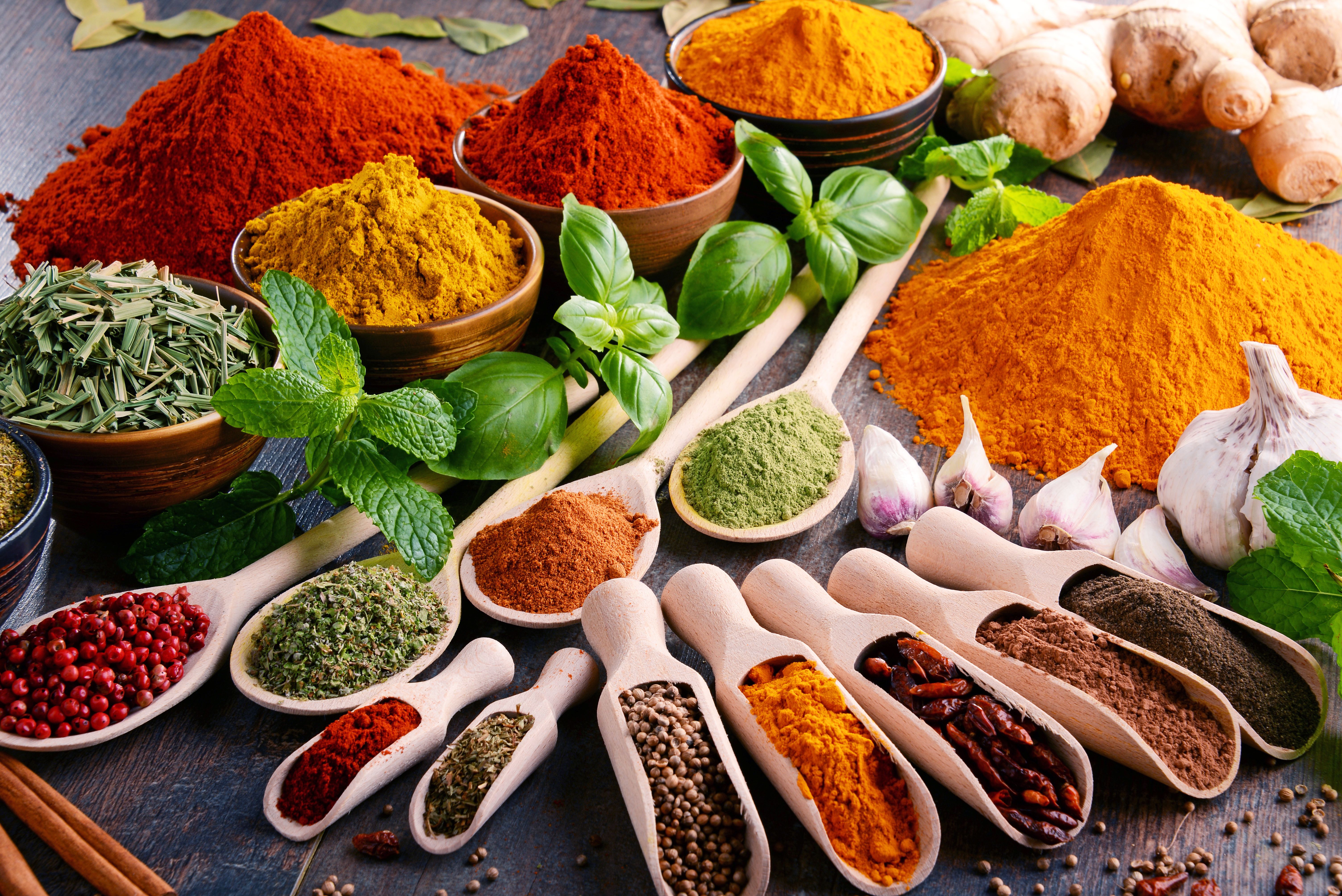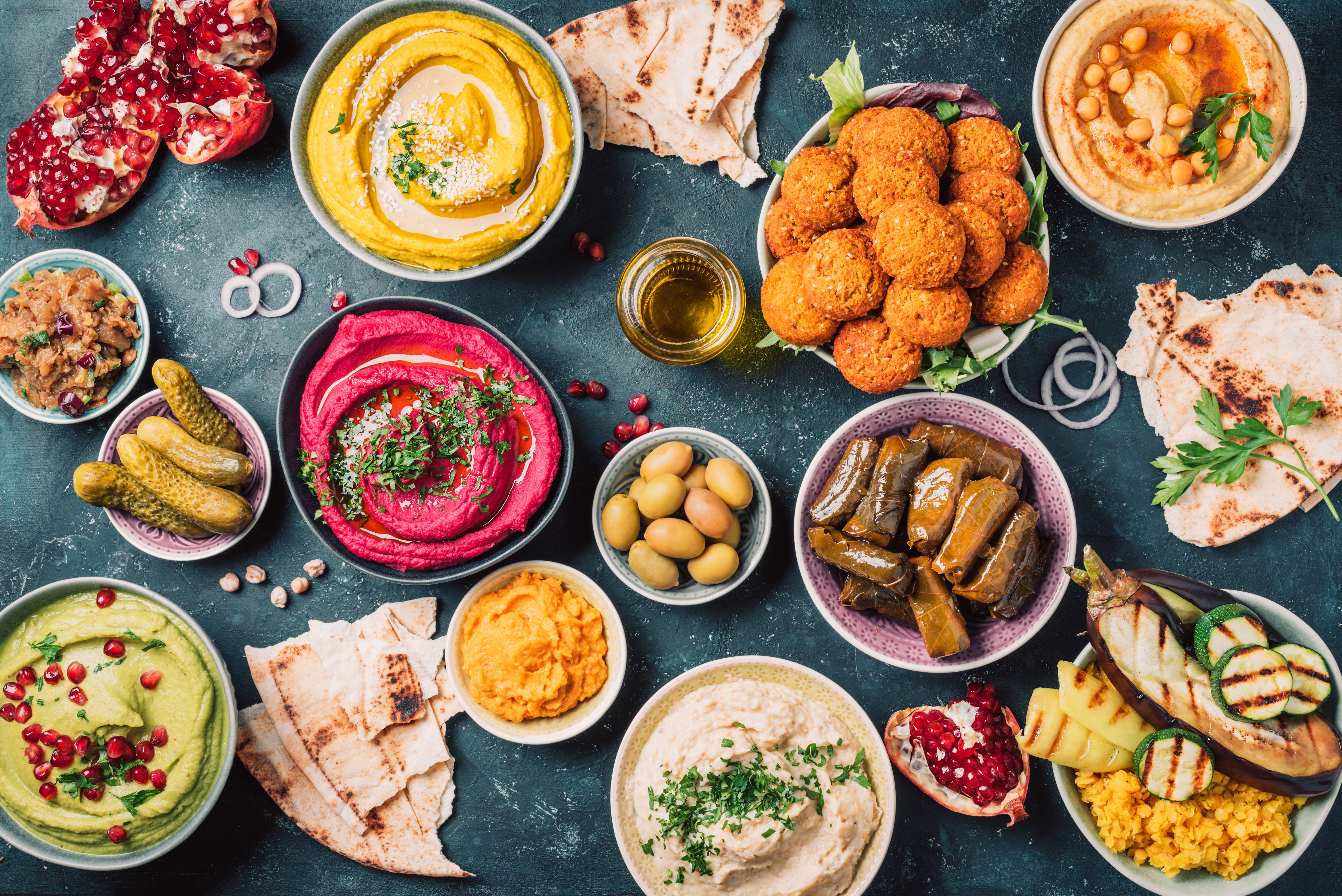Spice Up Your Cooking: A Guide to Global Flavors
Introduction to Global Flavors
If you're looking to elevate your culinary skills, exploring global flavors is a fantastic way to infuse new life into your cooking. From the aromatic spices of India to the bold herbs of the Mediterranean, there's a world of taste waiting to be discovered. By understanding and incorporating these diverse ingredients, you can transform ordinary meals into extraordinary dining experiences.

Exploring Indian Spices
Indian cuisine is renowned for its rich and complex flavors, largely due to its use of spices. Some staples include turmeric, cumin, and coriander. These spices not only add depth to dishes but also offer numerous health benefits. Whether you're making a curry or a simple dal, incorporating these spices can add warmth and vibrancy to your cooking.
To start experimenting with Indian spices, try making your own blend of garam masala. This spice mix typically includes cinnamon, cloves, and nutmeg, offering a sweet and spicy flavor profile perfect for a variety of dishes.
Cooking with Middle Eastern Herbs
The Middle East offers a bounty of flavors characterized by fresh herbs and spices. Za'atar, a mix of thyme, sesame seeds, and sumac, is a versatile seasoning that can be sprinkled on everything from bread to roasted vegetables. Another essential is harissa, a spicy chili paste used to add heat to stews, soups, and marinades.

The Bold Tastes of Latin America
Latin American cuisine is vibrant and diverse, with flavors that are as bold as they are delicious. Key ingredients include coriander, chili peppers, and lime juice. These elements combine to create dishes that are both refreshing and piquant.
To incorporate Latin American flavors into your cooking, consider making a classic chimichurri sauce. This Argentine staple is made with parsley, garlic, vinegar, and oil, offering a bright and tangy accompaniment to grilled meats.
Asian Ingredients That Transform Dishes
Asian cuisines are incredibly varied, but they often share a focus on balancing flavors like sweet, sour, salty, and umami. Ingredients like soy sauce, ginger, and lemongrass can add this balance to your dishes. Using these flavors can help you create everything from comforting bowls of noodle soup to quick stir-fries.

The Subtlety of European Flavors
European cuisine encompasses a wide range of flavors, from the simple elegance of Italian herbs like basil and oregano to the robust tastes of French cuisine with its use of butter and wine. Incorporating these elements can help you create meals that are both comforting and sophisticated.
A staple in many European kitchens is the use of fresh herbs. Whether it's adding rosemary to roasted potatoes or thyme to a slow-cooked stew, these herbs can bring out the natural flavors of your ingredients.
Conclusion: Embrace the World in Your Kitchen
By embracing global flavors in your cooking, you open yourself up to an endless array of culinary possibilities. Not only do these flavors add excitement to your meals, but they also provide an opportunity to experience different cultures through food. So why not embark on this delicious journey and see where your taste buds take you?
Commercial Kitchen Marketplace
Your one-stop online destination for equipping professional kitchens. Discover a wide selection of durable, high-quality commercial-grade appliances, from heavy-duty ovens and refrigeration units to efficient food preparation tools and essential kitchenware. Visit our store: http://avice.org
